Transform your basement from a chaotic catch-all into an organized oasis with the right decluttering strategies.
Overwhelmed by the chaos in your basement? Don’t worry, you’re in the right place.
This article will guide you through a simple, step-by-step process to declutter and organize your basement effectively.
From sorting out items to creating a functional storage system, every detail will be covered.
Read on to transform your basement from a cluttered mess into a well-organized space.
Getting Started: Decluttering the Basement

Before diving into the decluttering process, be sure to have a clear plan.
First, pick a date and time that works best, ensuring ample time to tackle the mess without feeling rushed.
Equally important is having the necessary supplies at hand.
Arm yourself with large garbage bags for things to trash and clear bins for items to keep.
Labels and markers are also useful to categorize items efficiently.
Lastly, remember to wear comfortable clothes and sturdy shoes for safety as basements can contain more hazards than other rooms.
Understanding the Need of Basement Decluttering
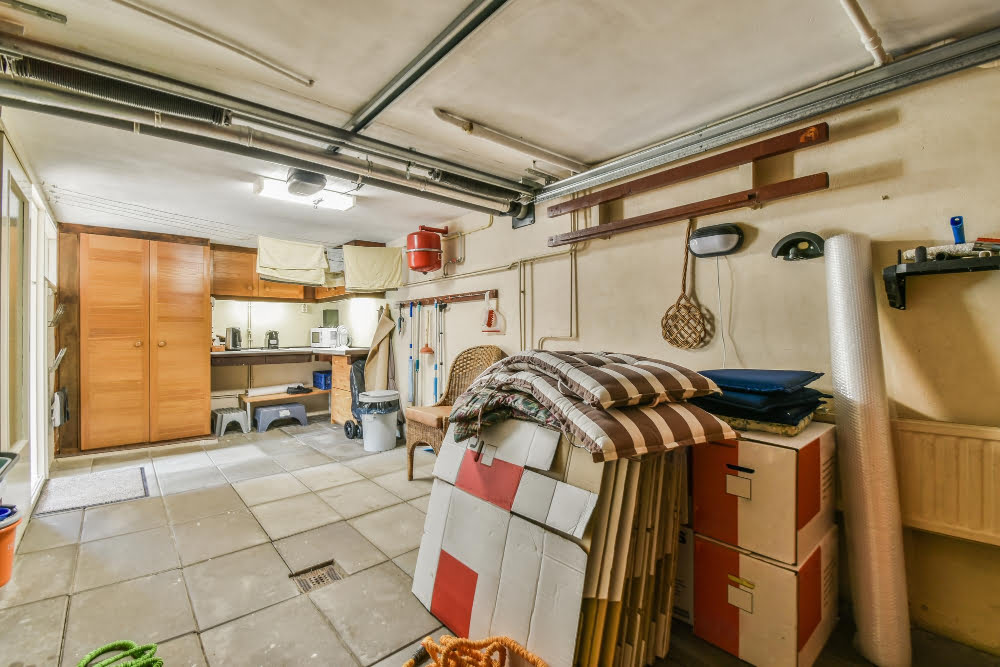
Often, basements become final resting places for unused items and junk that don’t have a designated space.
This clutter, over time, makes it difficult to locate anything quickly, leads to wasted square footage, and may even attract pests or create a fire hazard.
Decluttering restores functionality to your basement, offering a neat and clean area.
It provides the opportunity to transform the space into a functional living area, a storage unit or even a home gym.
Decluttering is an essential step towards utilizing your basement efficiently.
You are redefining your basement’s purpose and improving the overall tidiness and functionality of your home.
Choosing Your Starting Point
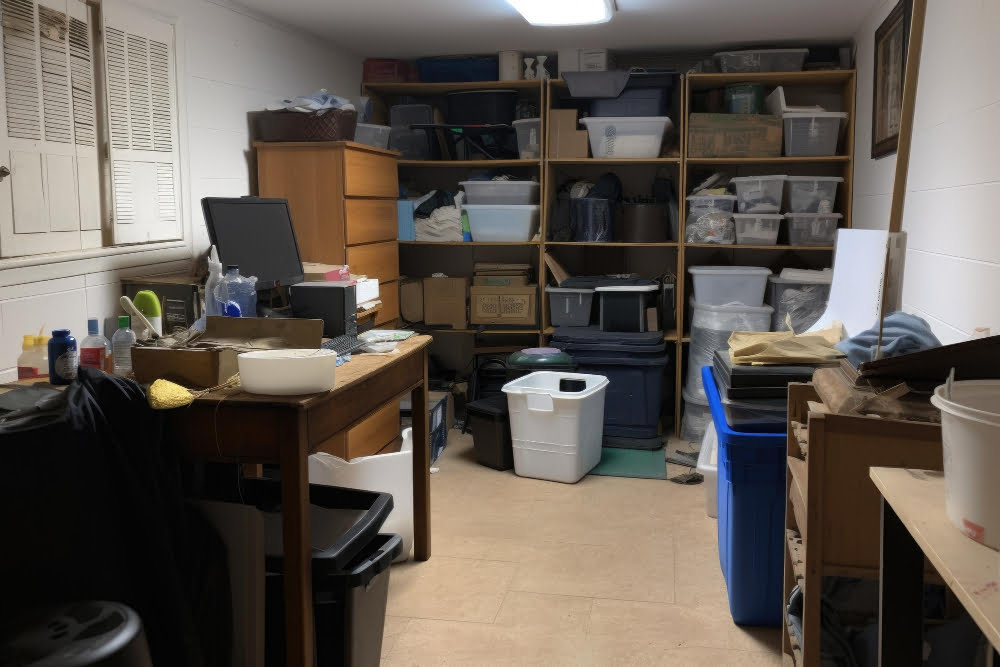
Often, the biggest hurdle in decluttering the basement is knowing where to begin. Select a corner or an area you feel is manageable.
Smaller victories will keep you motivated, so start with the less cluttered regions. If the entire basement is equally cluttered, then start at the door and work your way in, section by section.
By doing this, you’re not tackling the entire mess all at once, making the process less daunting and more achievable. It’s important not to skip around randomly.
Commit to one area at a time until it’s completely decluttered.
Identifying Items to Keep
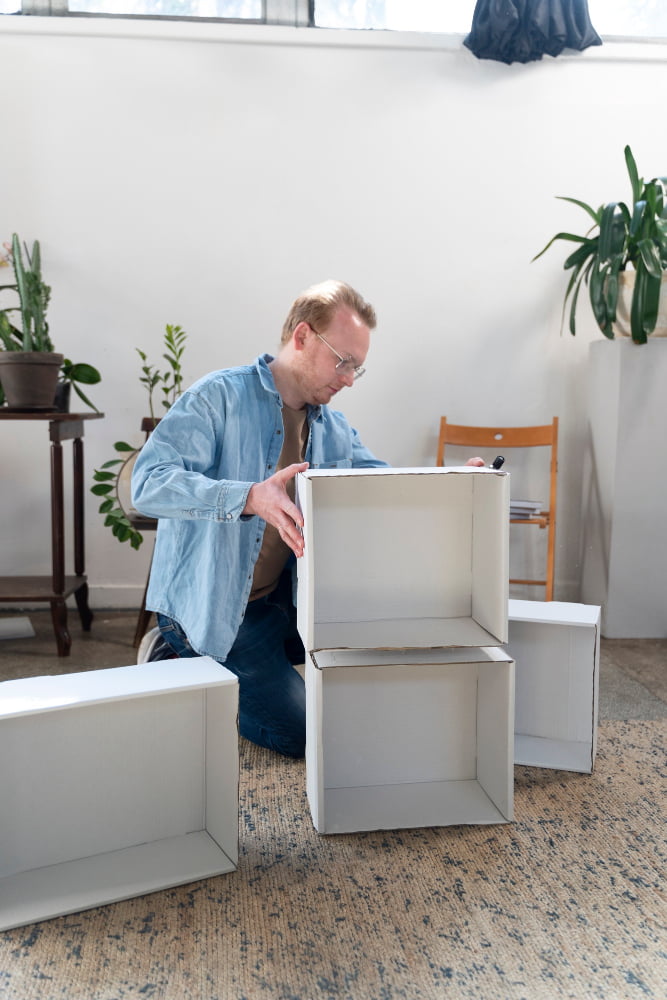
Start with a clear state of mind and separate items into four categories: trash, donate, sell, and keep.
Being honest and realistic is key at this stage. If an item has not been used in a year or has no sentimental value, there’s no reason to hang onto it.
Items kept should serve a purpose or hold significant meaning to you.
This decisive action boosts the decluttering process, leading to a tidy and functional basement.
Separating Junk From Treasures
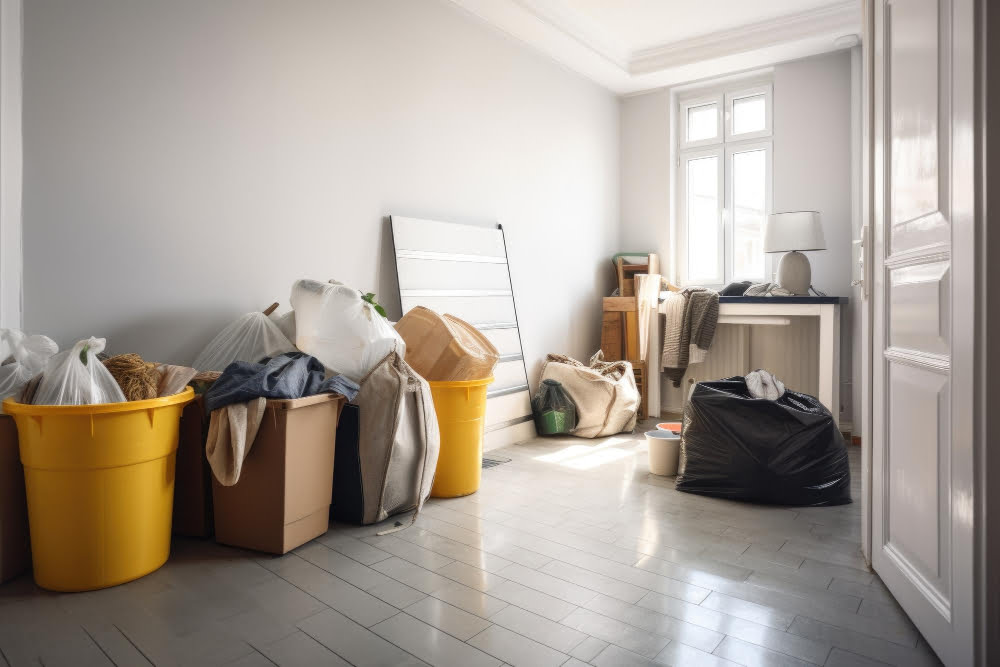
Deciding what to keep can be challenging, especially when sentimental or potentially useful items are involved. However, this process’s simplicity lies in three questions:
Do I need it? Does it still work? Does it spark joy? If the answer is ‘no‘ to any of these, it might be time to let go.
For items you’re unsure about, try the ‘one-year rule’. If you haven’t used an item in the past year, chances are you won’t use it in the next. Allocate one area for items to be donated or sold and another for disposal. Remember, unused items gathering dust can serve a better purpose elsewhere. It’s not ‘waste‘ if it can still be utilized by someone else.
Dealing With Large Items

Navigating bulky items can be daunting. However, decision-making remains the same – if not in use, it’s just taking up space.
Broken or outdated furniture, unused exercise equipment, or obsolete electronics fall into this category.
Analyze each large item with utility and sentimentality in mind.
If it fails both tests, it’s time to go.
Consider selling or donating items in good condition.
For the rest, recycling or renting a dumpster might be the best bet.
For items you intend to keep, find appropriate spaces or consider renting a storage unit if your basement cannot accommodate.
Remember, a clutter-free goal requires tough decisions!
Creating a Sorting Area
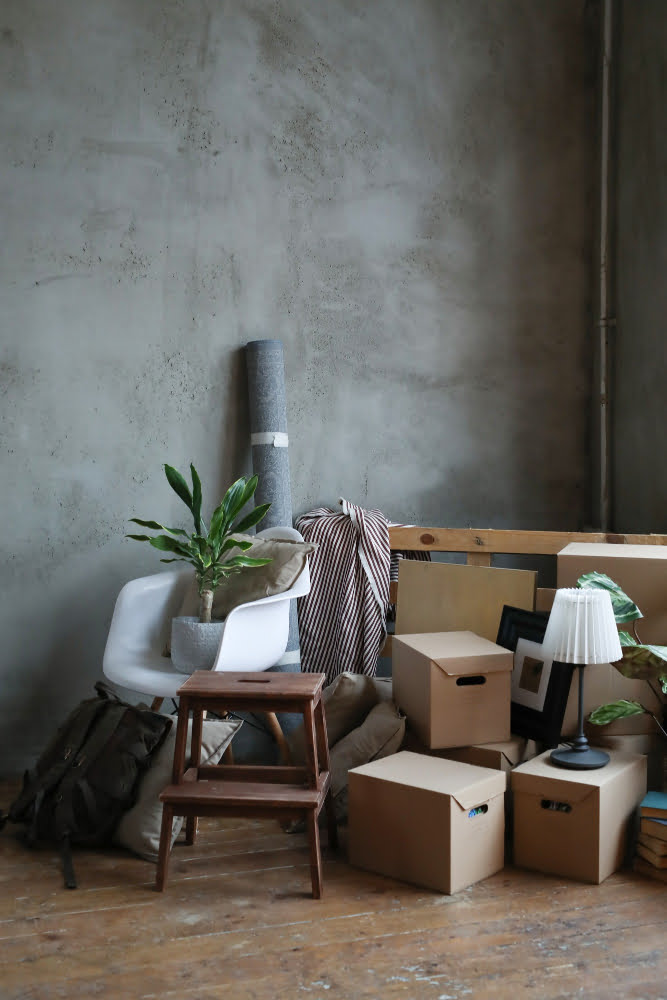
Reserve a designated space for sorting where you can categorize every object from your basement into specific piles. Ideally, this process involves three main categories: keep, donate, and discard.
The ‘keep’ pile is for the items that serve a purpose and still hold value to you. The ‘donate’ pile includes items that, although no longer of use to you, could be valuable to others. Lastly, the ‘discard’ pile should consist of worthless and broken items that are beyond repair.
This system simplifies the decluttering process and brings order to chaos.
Utilizing Storage Solutions
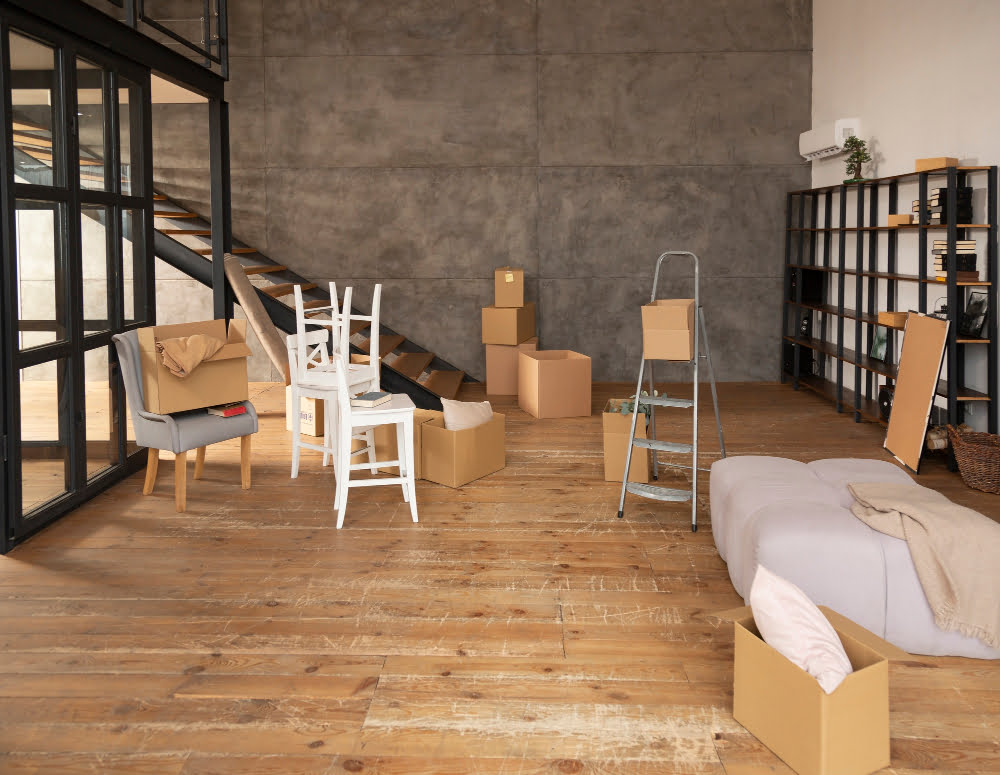
Investing in suitable storage solutions can drastically improve the organization of your basement. Begin by assessing the space available and the type of items that need storage.
Consider various solutions such as shelves, bins, wall-mounted systems, or storage furniture. Be sure to label containers for easy identification in the future. Also, prioritize using clear bins or wire baskets to provide visibility of contents which saves time on searching.
Create dedicated zones for different categories of items to enhance efficiency when retrieving them. Utilizing vertical space can also significantly increase storage capacity. Thus, a well-thought-out storage plan plays a pivotal role in maintaining an organized basement.
Work Systematically: One Box At a Time
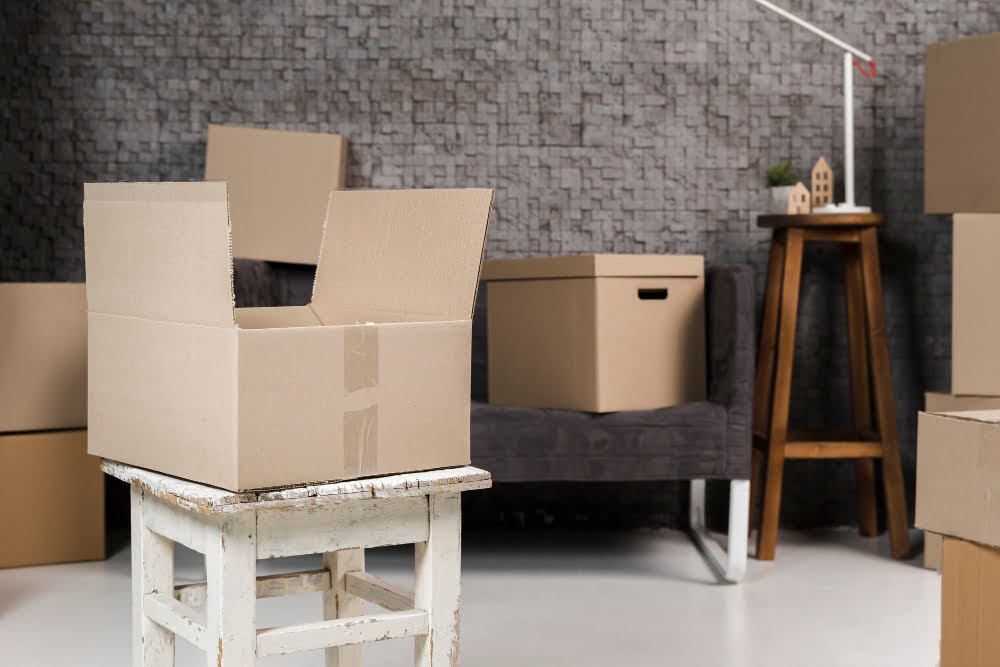
Begin with a single box, drawer, or shelf from your basement. Evaluate each item individually, deciding whether it’s a necessity, holds sentimental value, or serves a regular purpose in your life.
If the object meets none of these criteria, it might be time to let it go.
Repeat the process consistently, moving to the next box or shelf only after fully dealing with the current one. This method encourages focus and prevents feeling overwhelmed by the enormity of the task.
Managing Unwanted Items: Sell, Donate, or Throw

Proceed by categorizing unwanted items into three groups. For articles that are still in good condition but no longer needed, consider selling them online or in a yard sale. Sites like eBay or Craigslist make it easy to connect with buyers.
Alternatively, there are also many charities that would gladly accept donations. Goodwill and the Salvation Army, for instance, are known for taking in used items to resell in their stores. Make sure the items you intend to donate are still usable and in decent shape.
Meghan Astle, a Professional Organizer and member of the POC (Professional Organizers in Canada), recommend considering whether the item might be better used in someone else’s home. If it is broken, stained or otherwise damaged, however, your best option is to dispose of it responsibly. Most cities have trash collection and recycling programs, and many larger items can be disposed of for a small fee.
Keep in mind that decluttering is not just about finding a new place for every item you own, but also about making room for the things that are truly important. Be honest with yourself: if it’s not worth selling, not appropriate for donating, and not broken or damaged, it could be time to let it go. Remember, every item you remove is one less thing to manage.
Maintaining a Clutter-Free Basement
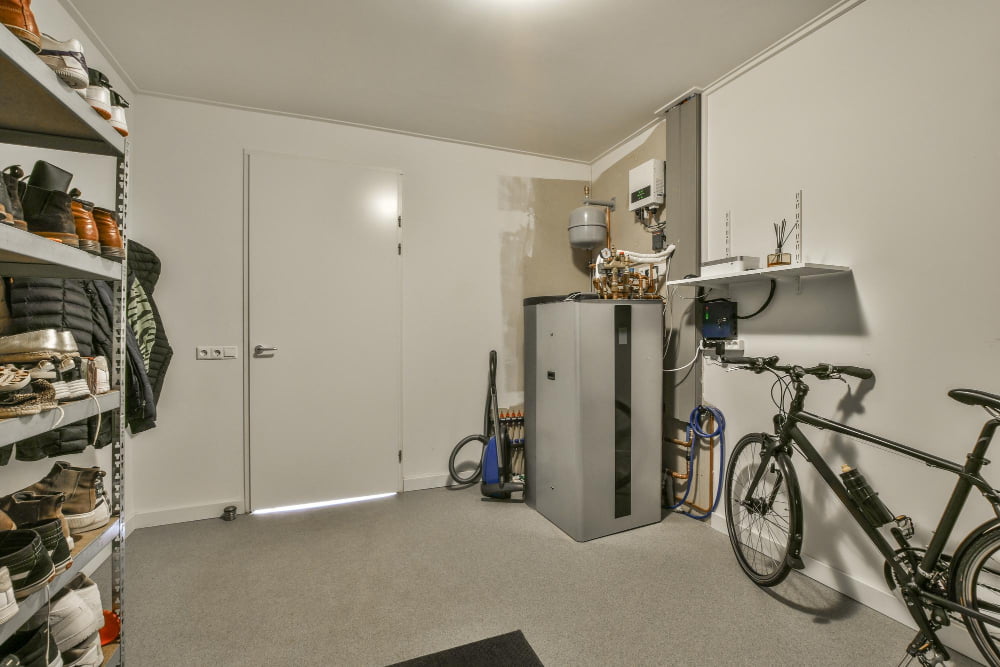
Consistency is key to keeping your basement free of clutter. Implement a rule of adding new items only when there is vacant space in the assigned storage areas; this prevents over-accumulation.
Regularly review your items every six months, discarding anything no longer needed or unused. It may also be helpful to label storage containers based on their contents, making it easier to find items and return them to their designated spots. Adopting these habits helps to keep the basement in an organized state.
Another smart approach is carrying out mini decluttering sessions whenever you feel the space is getting overwhelming, instead of waiting for it to become an enormous task. The goal is to make the uncluttered state your new normal and prevent the regrowth of clutter.
Celebrating a Decluttered Basement

With the chaos finally tamed, it’s time to revel in your hard work and enjoy the peace that a decluttered space brings.
Whether you’ve transformed it into a game room, an organized storage system, or a mini-cinema, make sure you take the time to appreciate your accomplishment.
As a symbol of victory over clutter, consider hosting a small gathering or simply spend some leisure time in your revamped basement.
Always remember how impactful this transformation has been and let it serve as motivation to keep the rest of your home just as organized.
Final Thoughts: Maintaining a Clutter-Free Basement
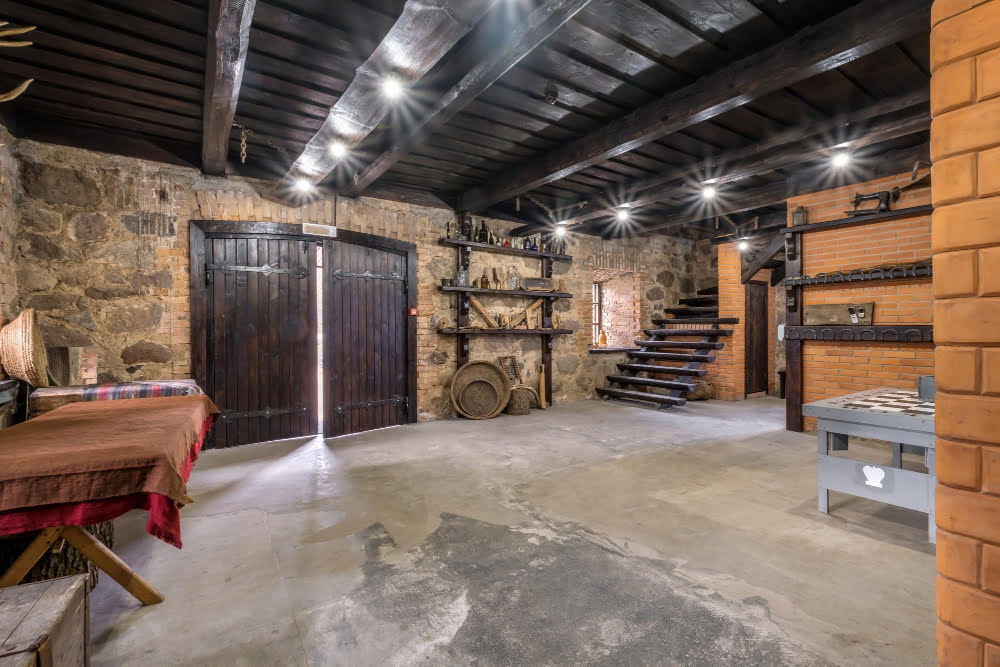
Developing an ongoing decluttering routine is vital to prevent the basement from reverting back into a chaotic space. It’s a good idea to revisit the area every few months, discarding unnecessary items, and re-organizing when needed.
Similarly, ensure each family member understands the system and respects it. By making these systematic checks a part of your routine, you can enjoy the benefits of a well-organized, clutter-free basement year-round.
Remember, consistent effort and routine are key to maintaining the order you’ve worked hard to establish.
FAQ
What is the first rule of decluttering?
The first rule of decluttering is to avoid having a ‘Maybe Pile’, enhancing decision-making by categorizing each item as either a ‘keep’ or ‘let go’.
How can categorization techniques improve the decluttering process?
Categorization techniques can improve the decluttering process by providing a structured approach to sorting items, making it easier to identify what to keep, discard, or donate, thereby reducing clutter.
What steps can be taken to maintain a clutter-free basement long term?
Maintaining a clutter-free basement long term can be achieved by regularly decluttering, utilizing effective storage solutions, sorting items by purpose and frequency of use, and adopting a ‘one in, one out’ policy to control accumulation.
How can decluttering a basement positively impact mental wellness?
Decluttering a basement improves mental wellness by providing a sense of control over one’s environment, eliminating distractions to improve focus, and fostering a feeling of accomplishment.